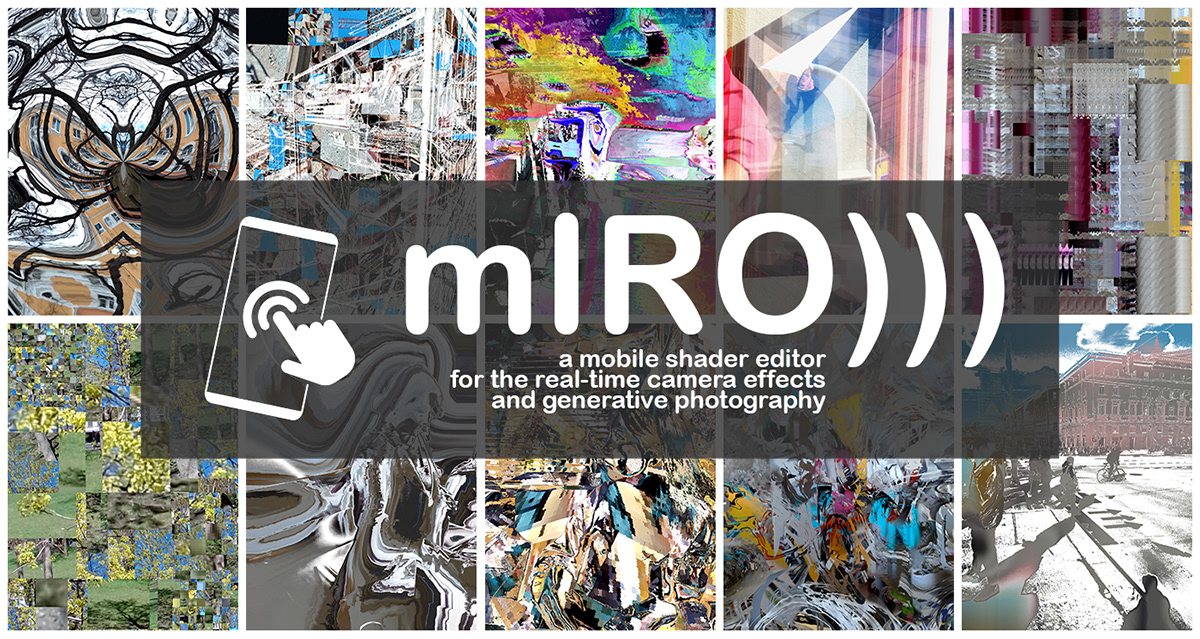What does "generative photography" mean?
This question has more than one answer. It's likely a mix of photography and generative art. For me, it's mostly just straight photography taken with generatively programmed software.
In this project, I want to talk about how photography and generative art are related and show pictures that I've made using this technique.


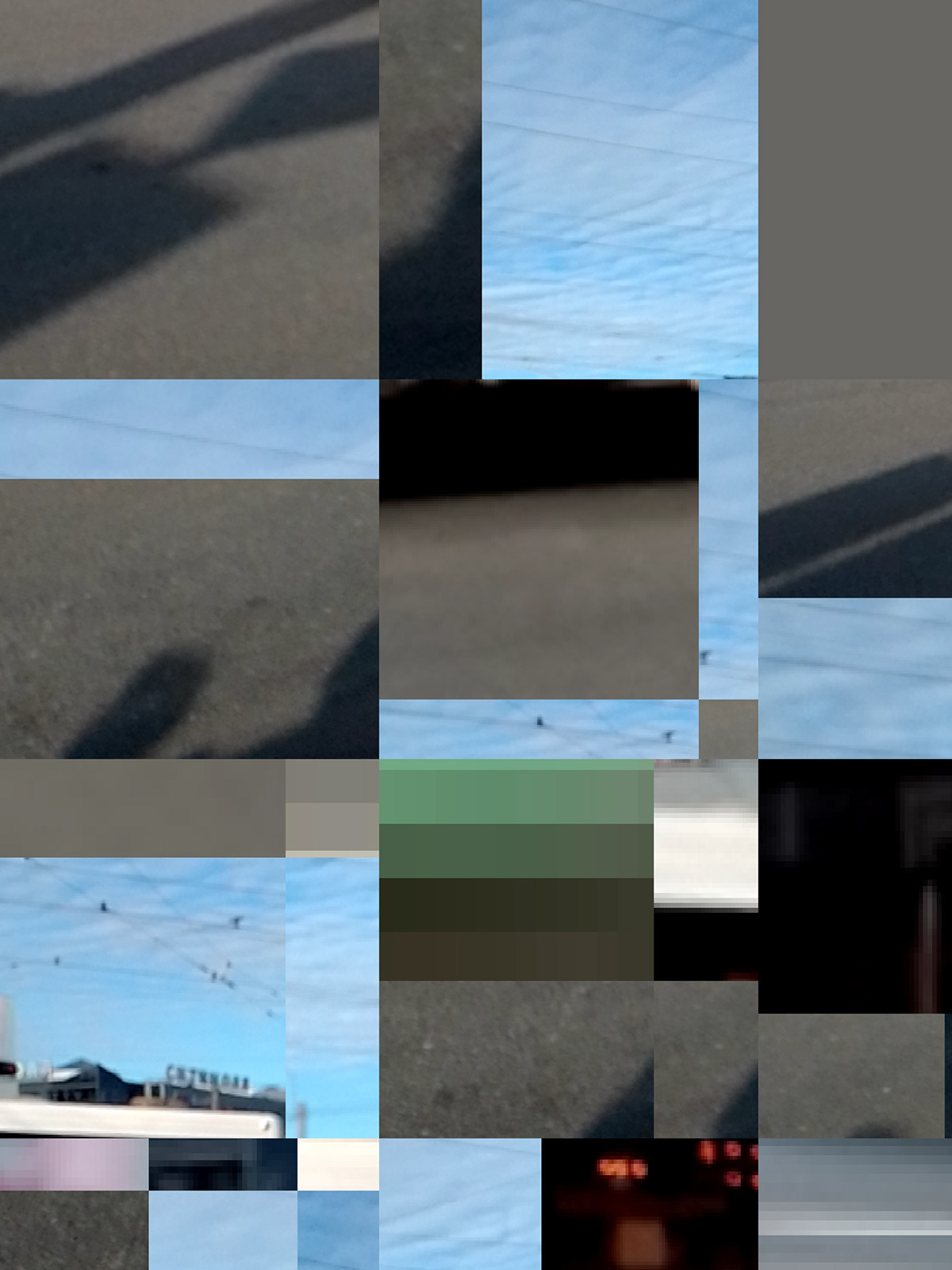






Glitch.
Visually, generative art can look like glitch art. But glitch is unexpected and can't be controlled, while the generative process is controlled by the author, even though it is often unpredictable. I think the term "controlled randomness" fits in this case.






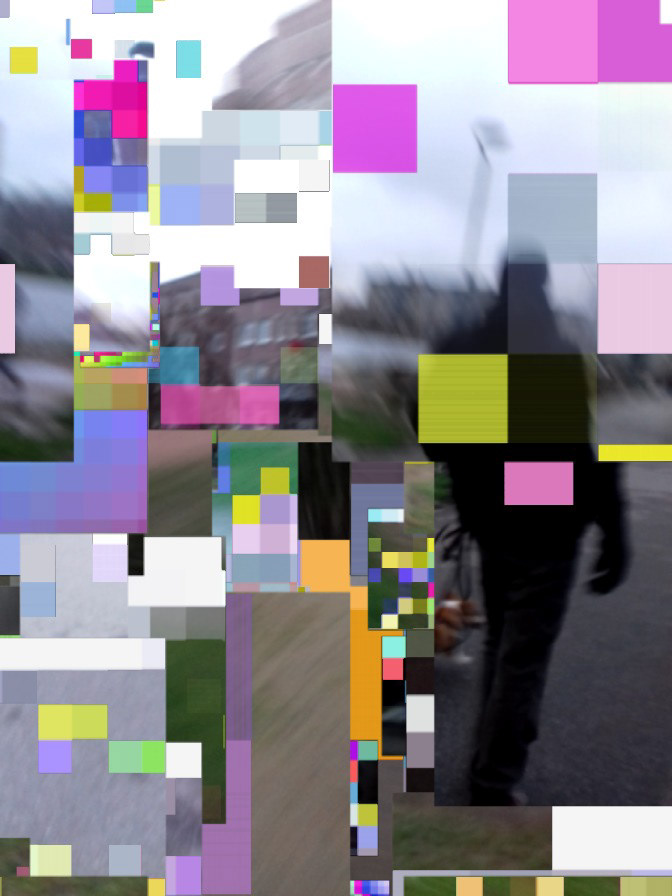

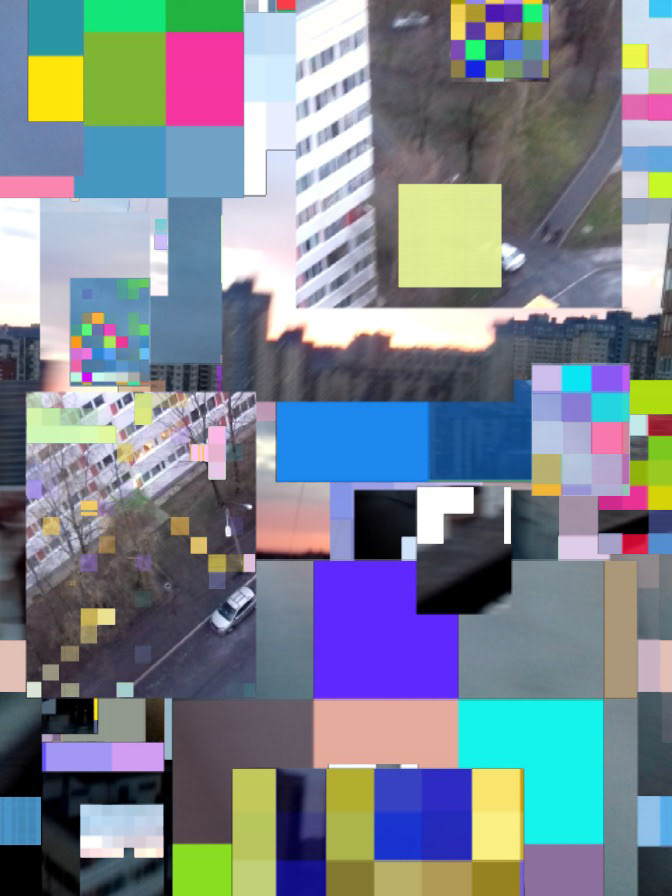
Filters.
Is it possible to make your own style by using filters that someone else has already made? I don't think so. Tools for deep authoring should be as flexible as possible. Ideally, we would be able to not only change the look of any filter but also its code.
Right now, most photographers know how to use high-tech graphics editors. Who knows, maybe photographers in the future will also be able to change the code that tells their cameras what to do.

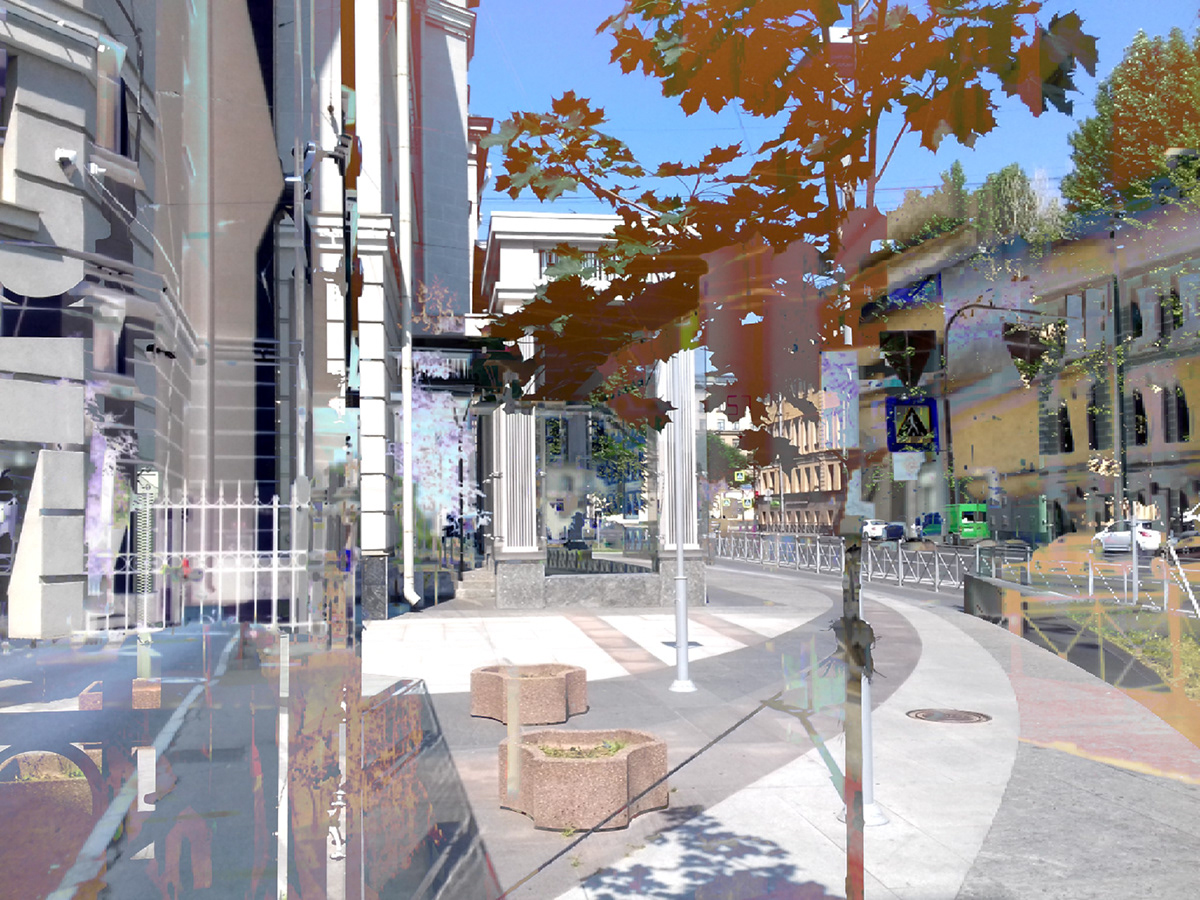

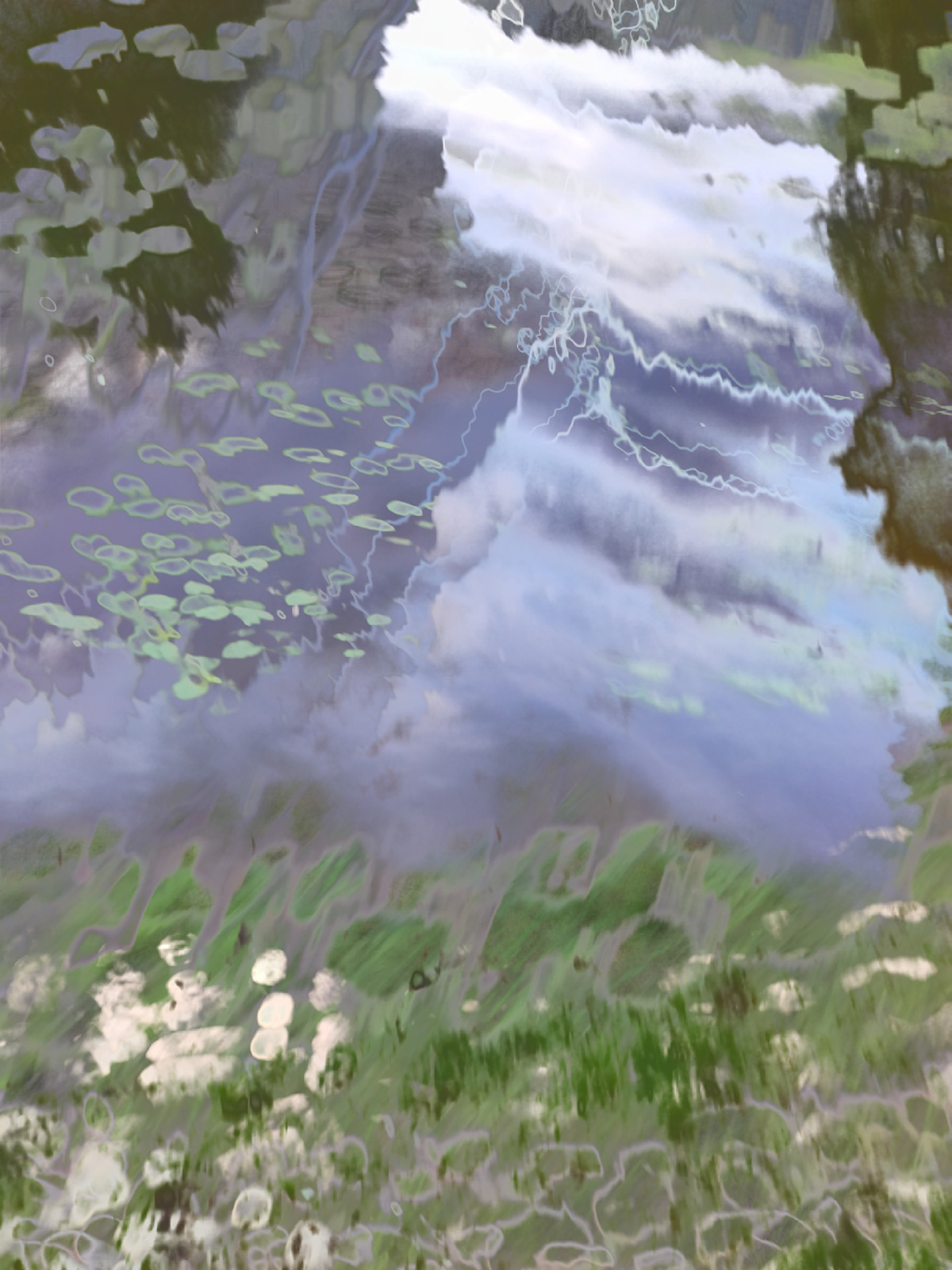

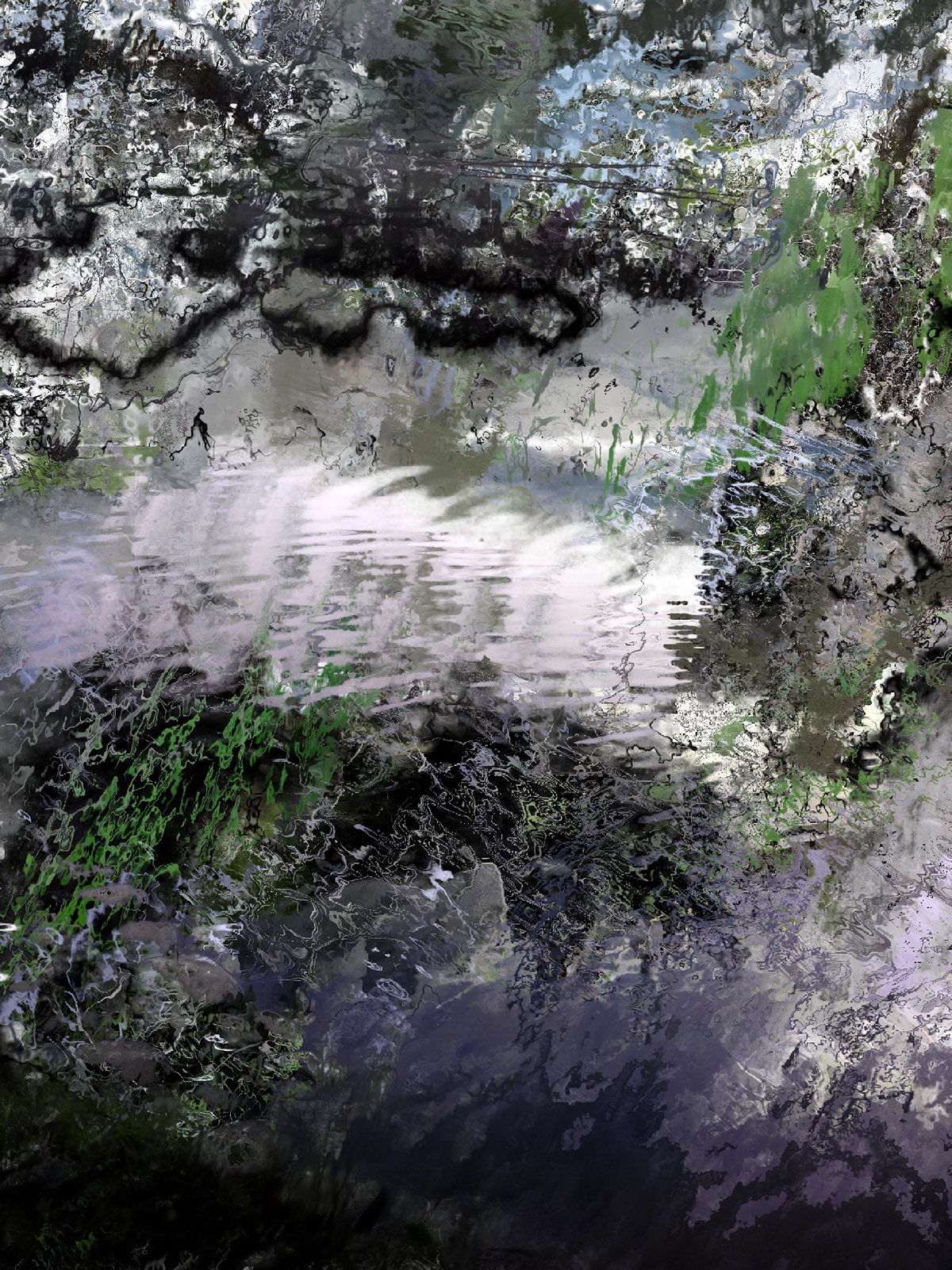
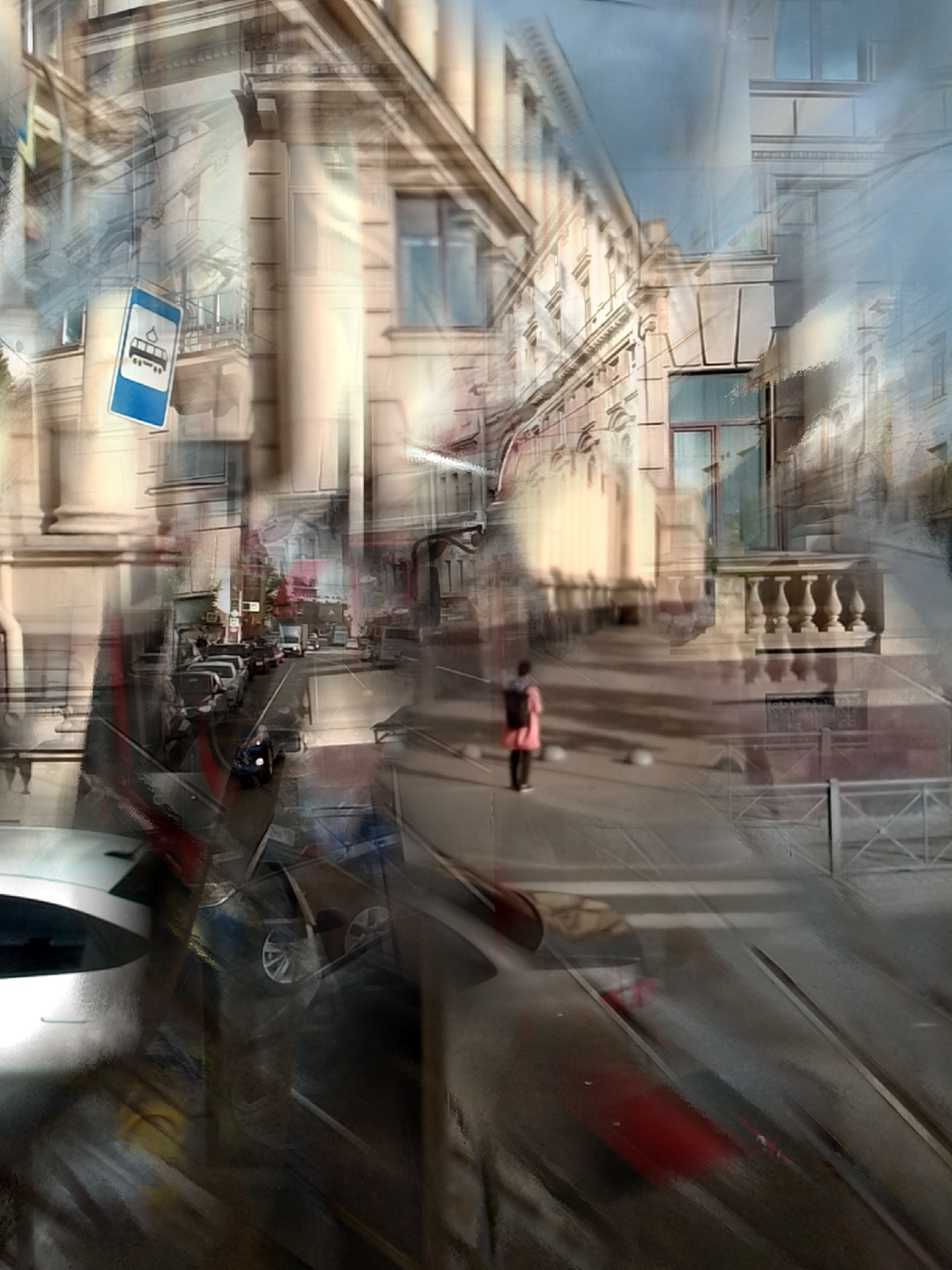

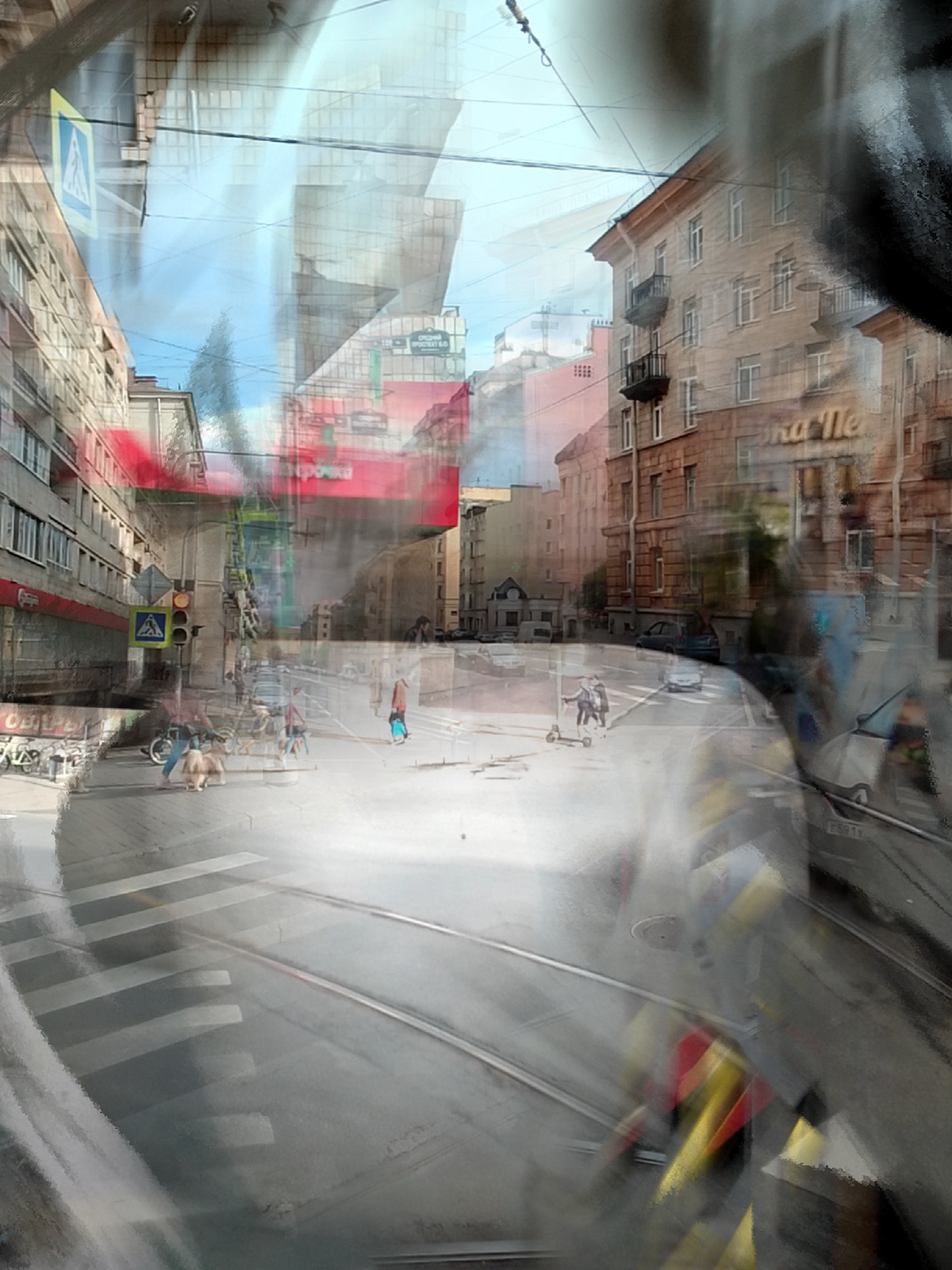



Program.
Each lens has its own way of telling the photographer what to do and how to act. You can't use the same way wide-angle and telephoto lenses; colour and black-and-white film; automatic and manual camera modes. The photographer sees and does things the way his gear lets him.
When we change the way gear is programmed and add randomness to it, we step out of the usual ways of shooting and into an unexplored realm.

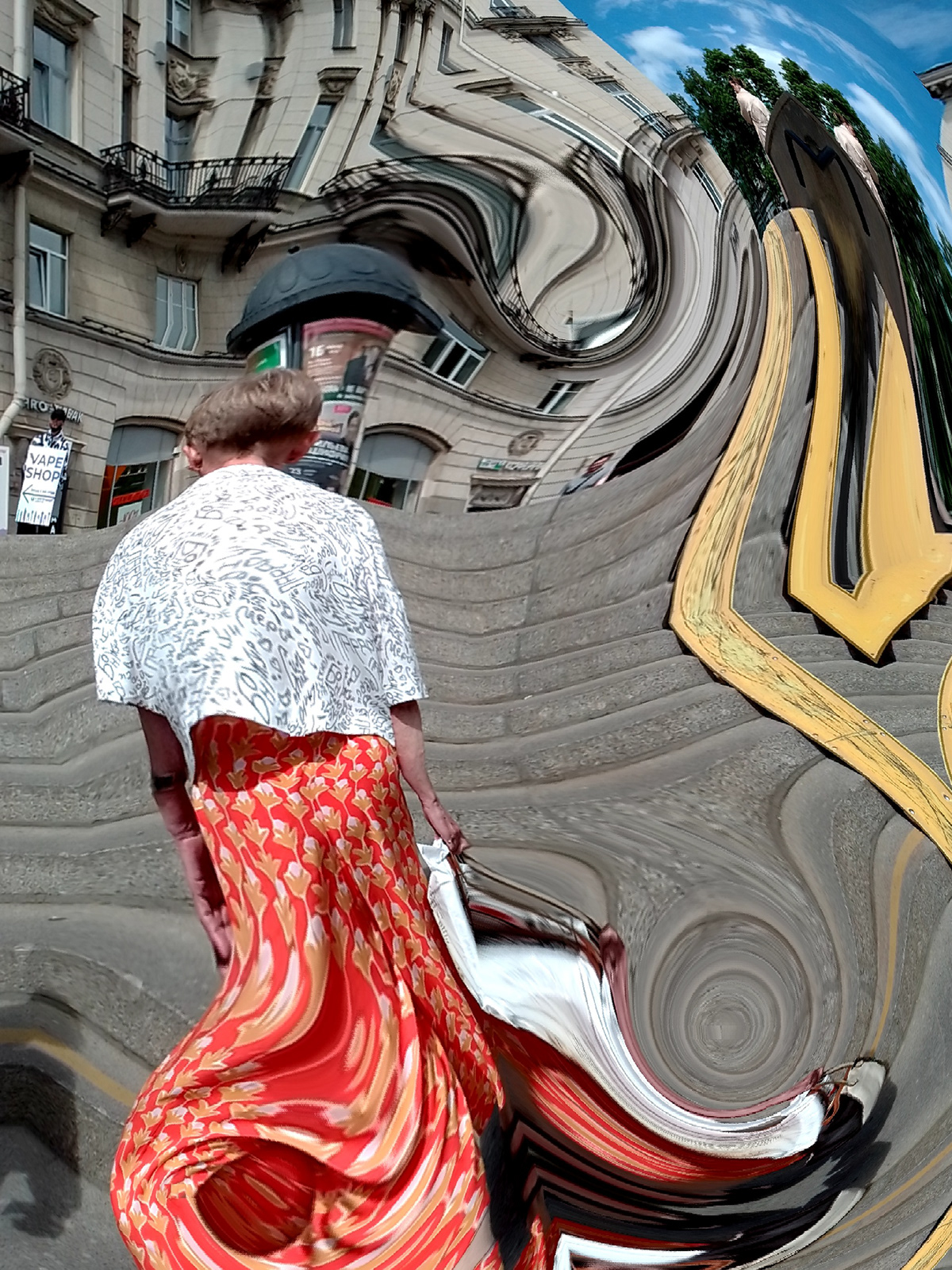
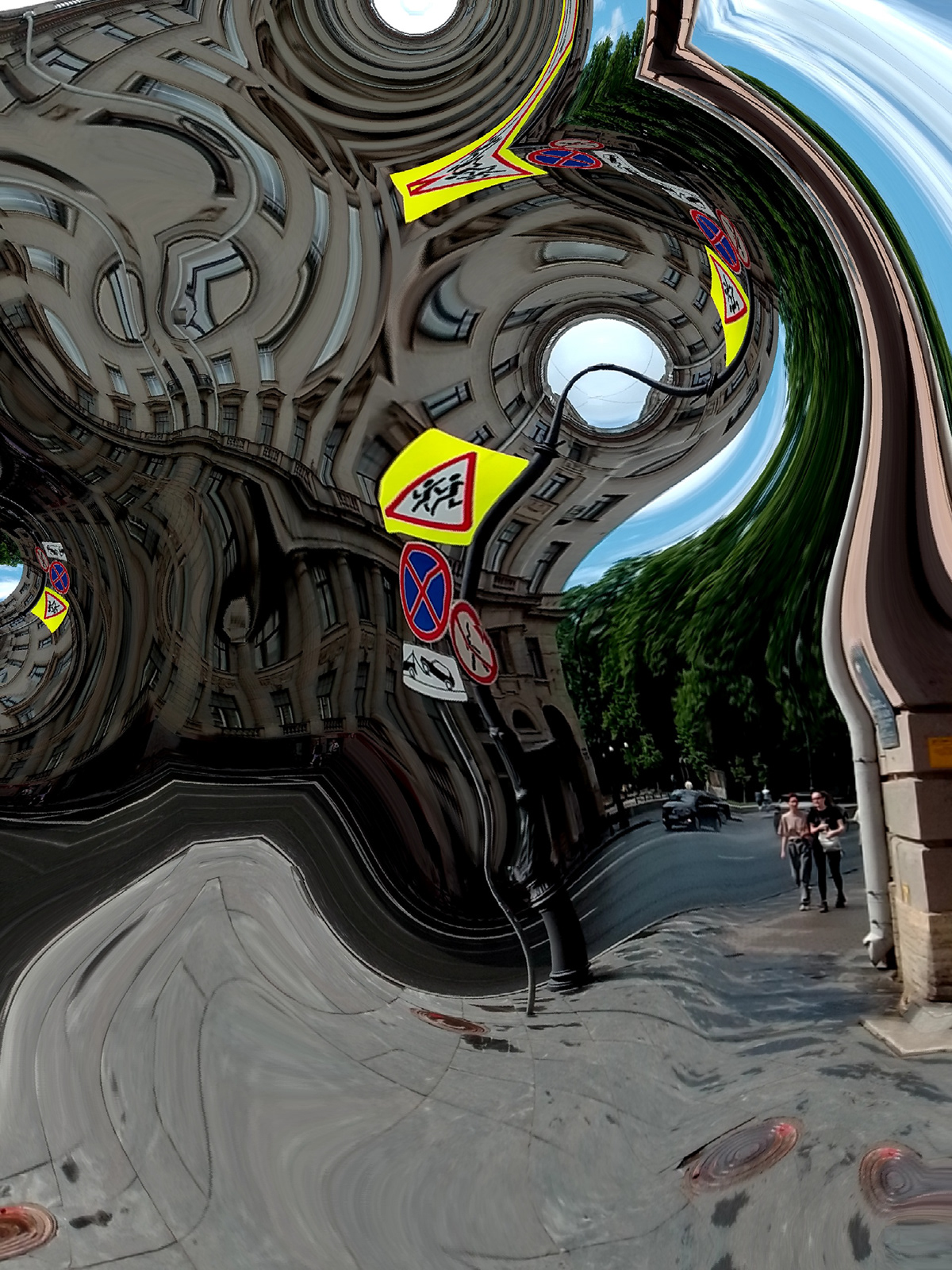



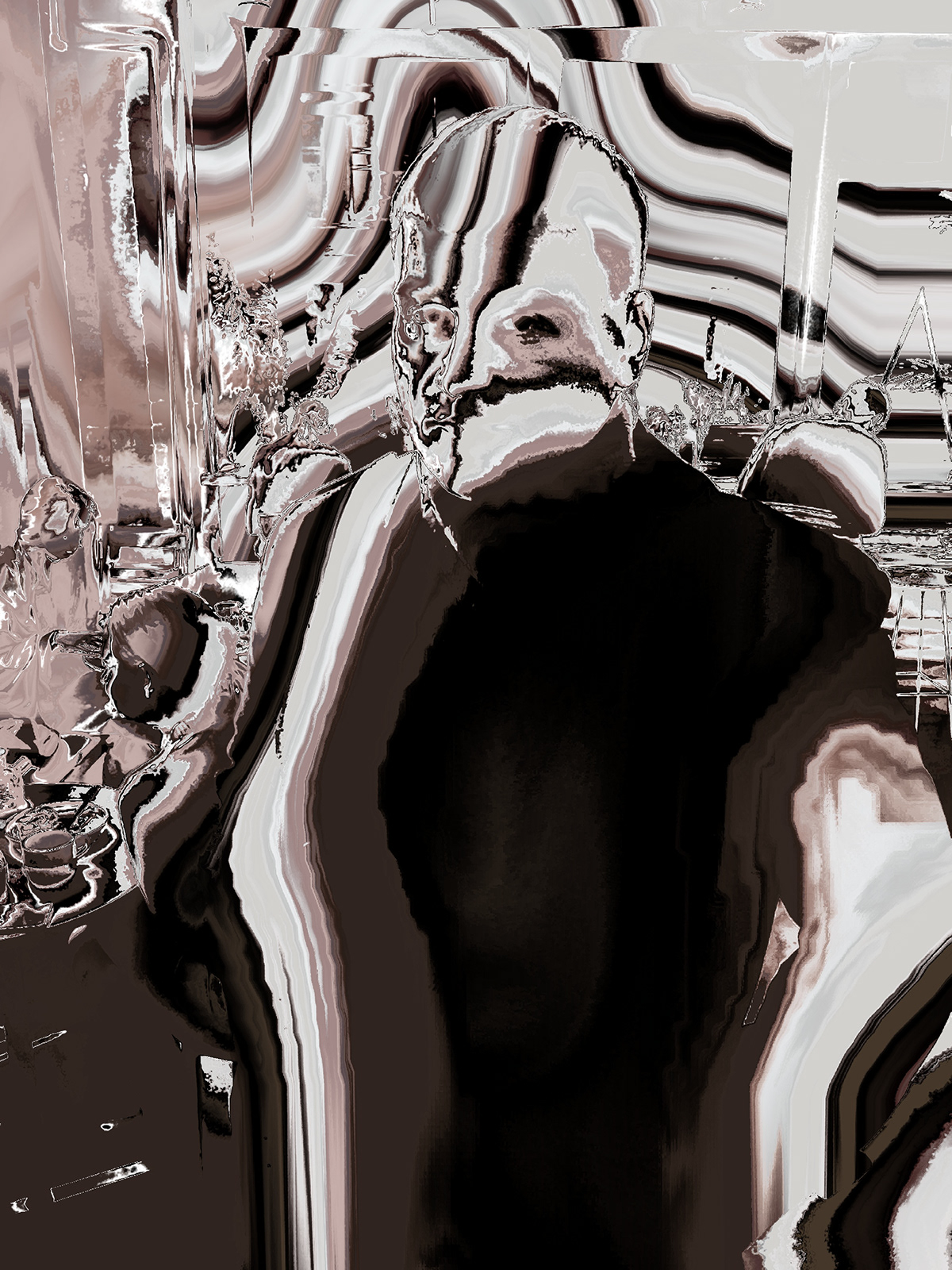

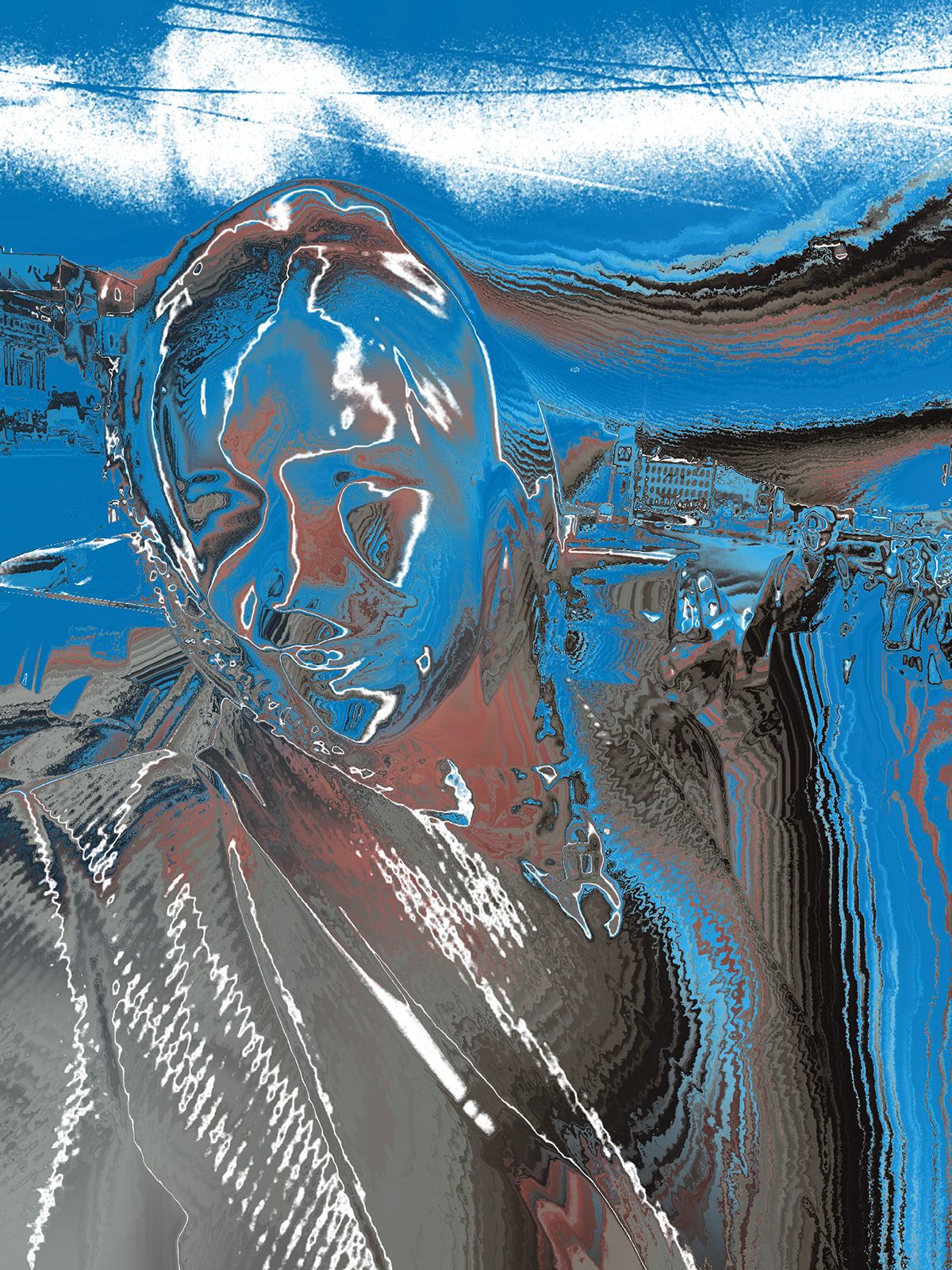

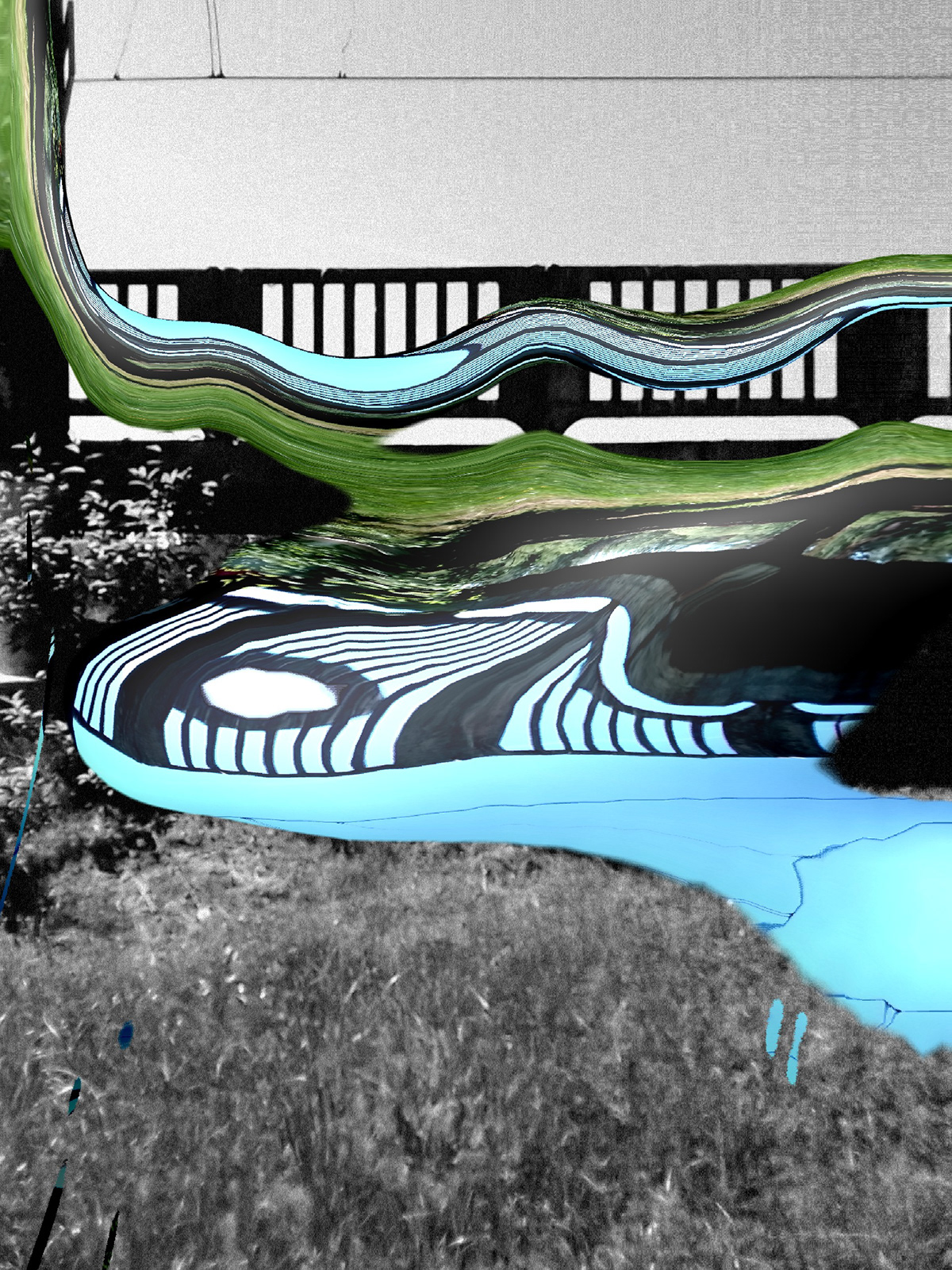

Realtime.
Observing the generation of an image while shooting allows us to see a scene differently, to approach it from an unexpected angle. Real-time generation cancels the division of shots into before and after processing; the image is born already in its finished authentic form. Yes, we can add generative post-processing after we've already shot, but why? I think that randomness is an important part of photography, especially when it comes to finding visual inspiration.
If you have a smartphone, you can write generative code quickly and start shooting through it right away.
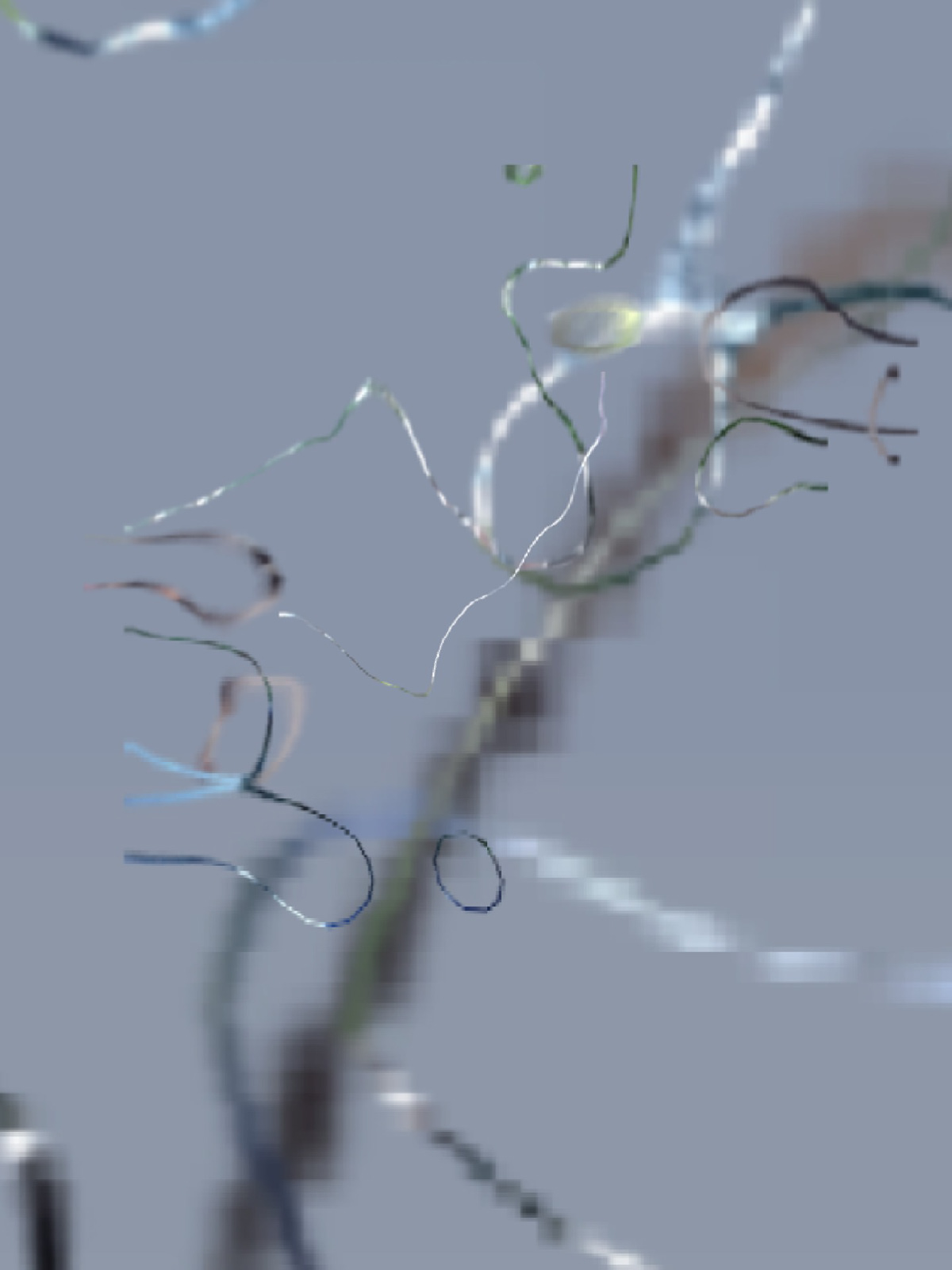
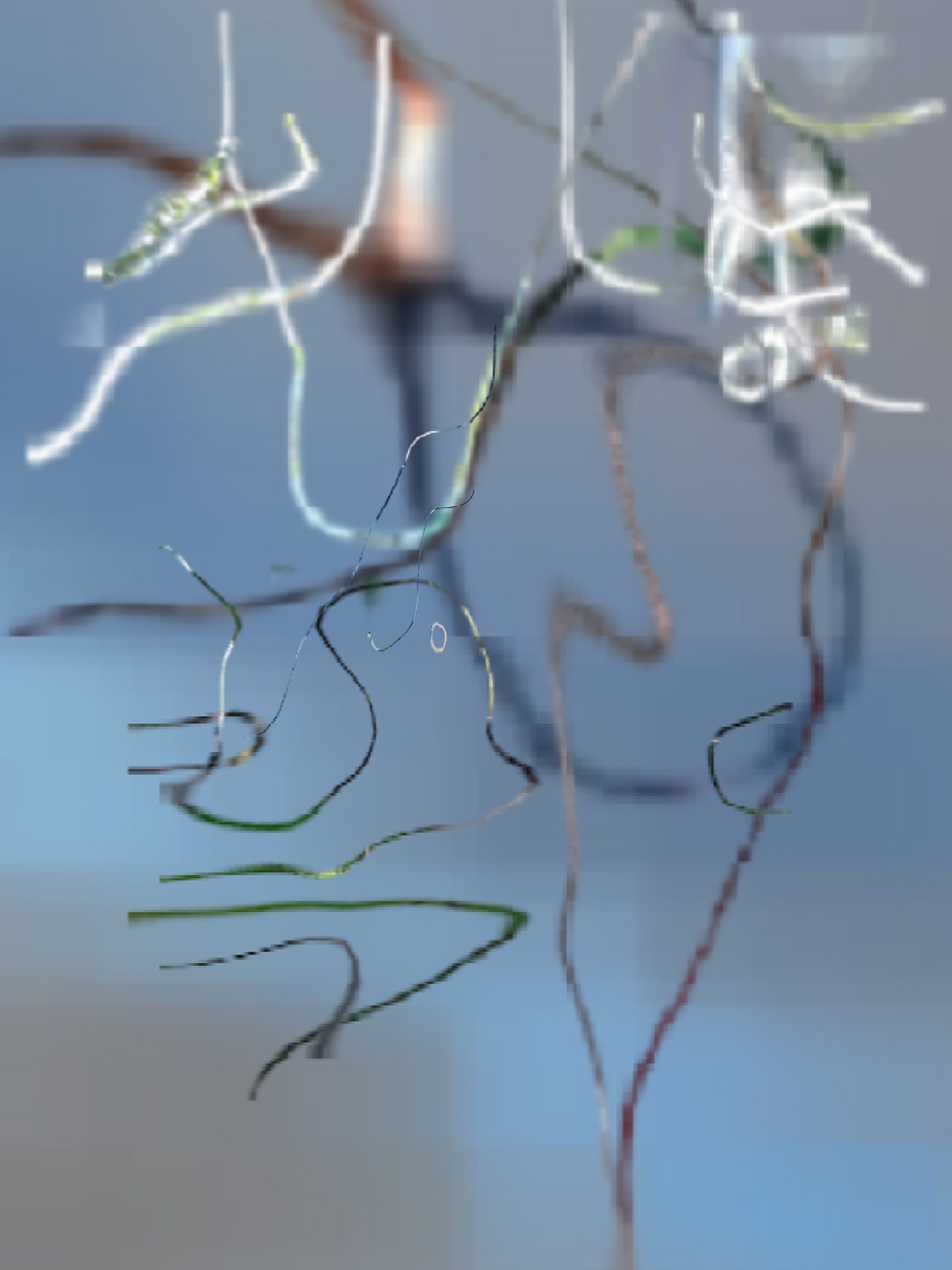


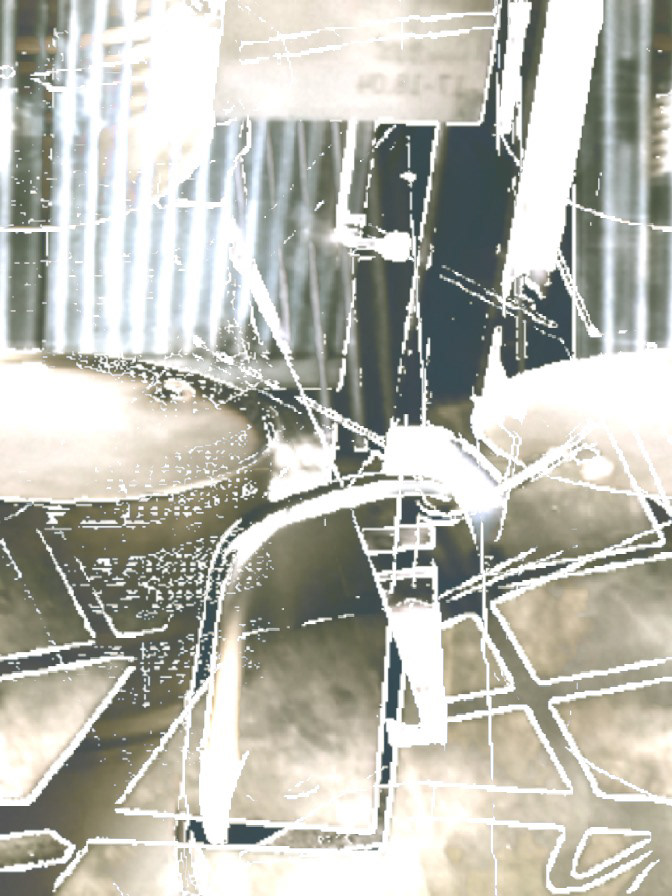
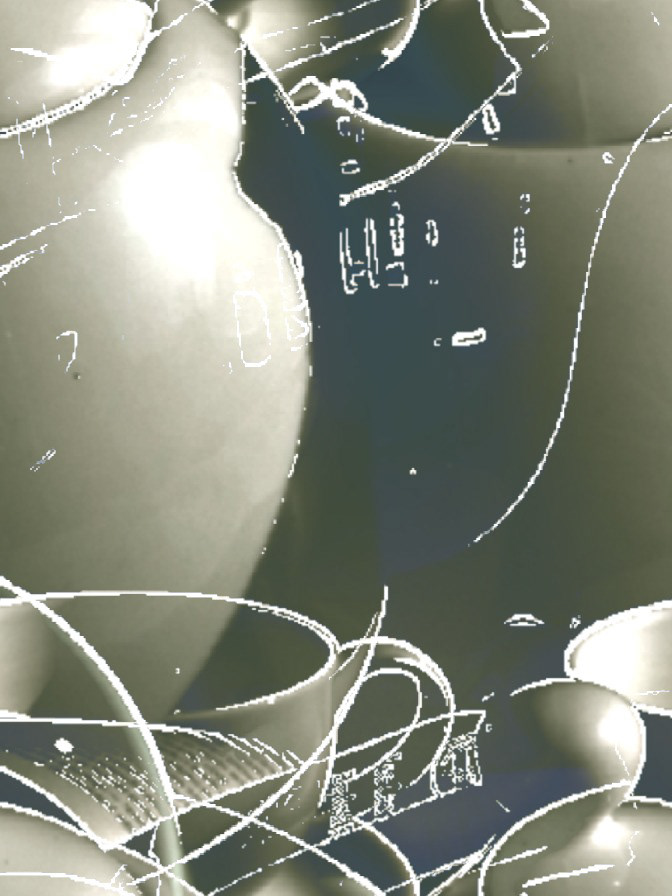

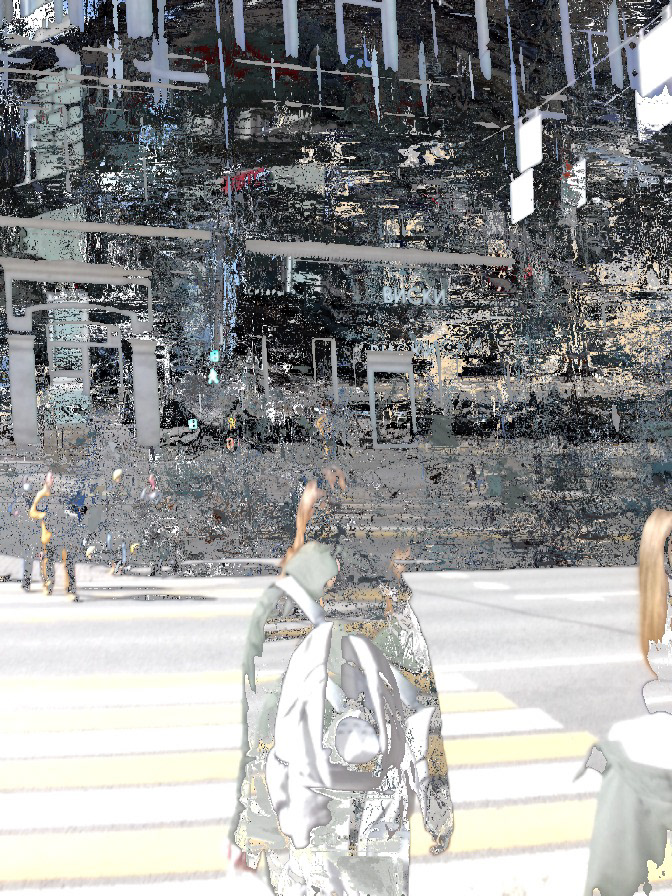

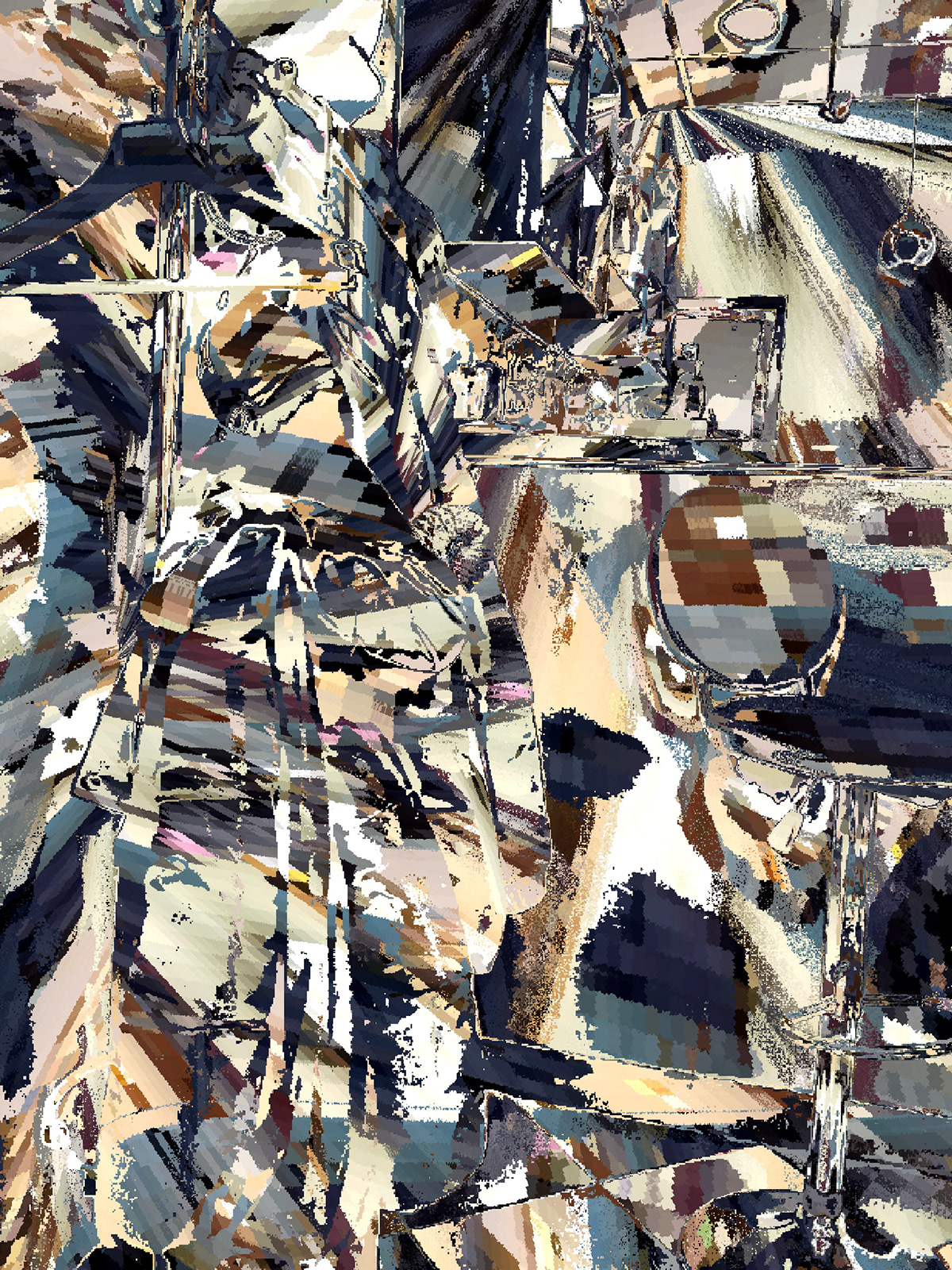


Constructivism.
Computational photography answers the question of what the world "really" looks like and shows that pictures are just keys to our subjective memories. If the key opens the lock we need, it doesn't matter how "objectively true" it is.
In this way, computational and generative photography are similar to George Kelly, Ernst von Glasersfeld, and Paul Watzlawick's works on the philosophy of constructivism.







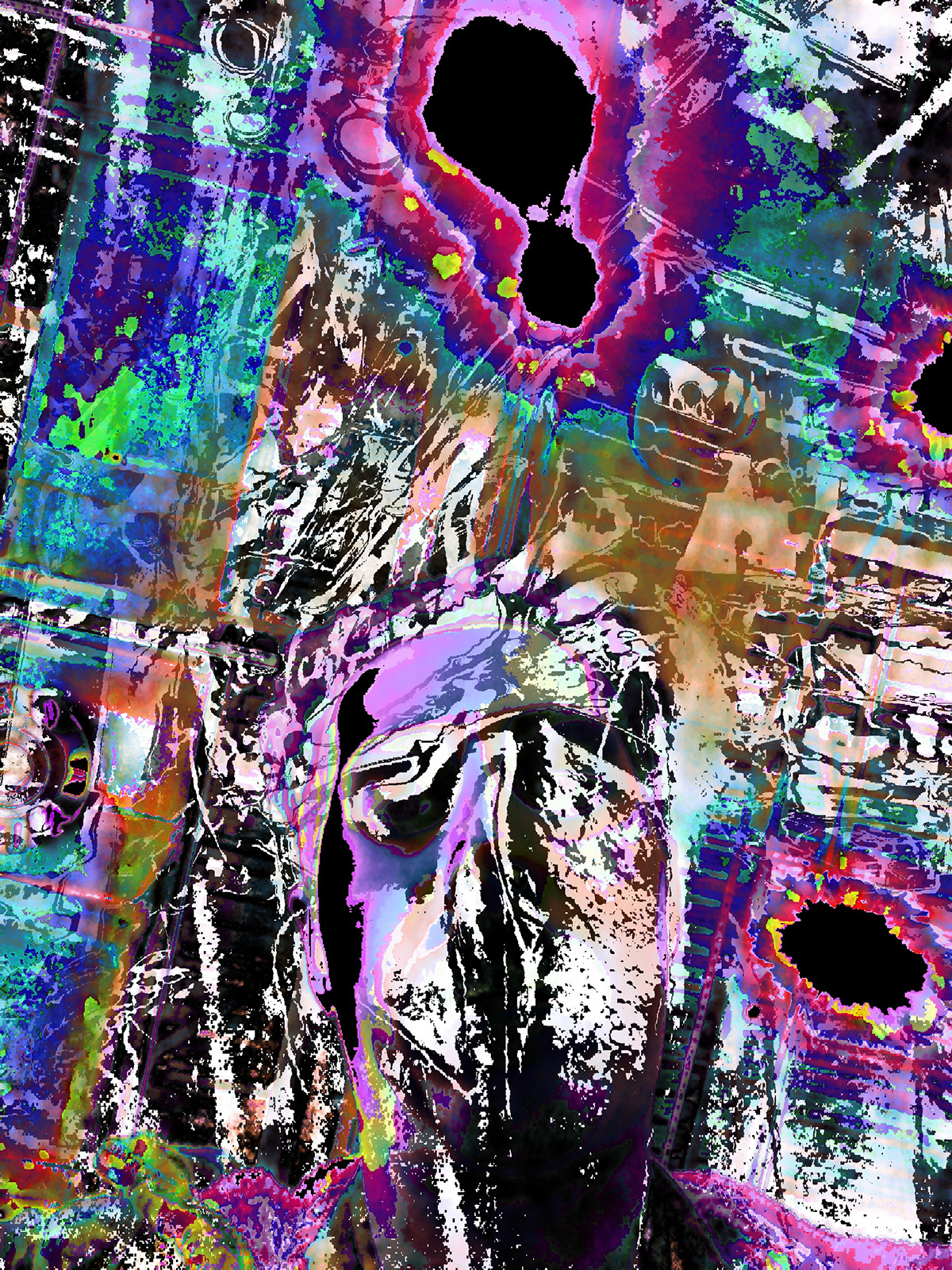




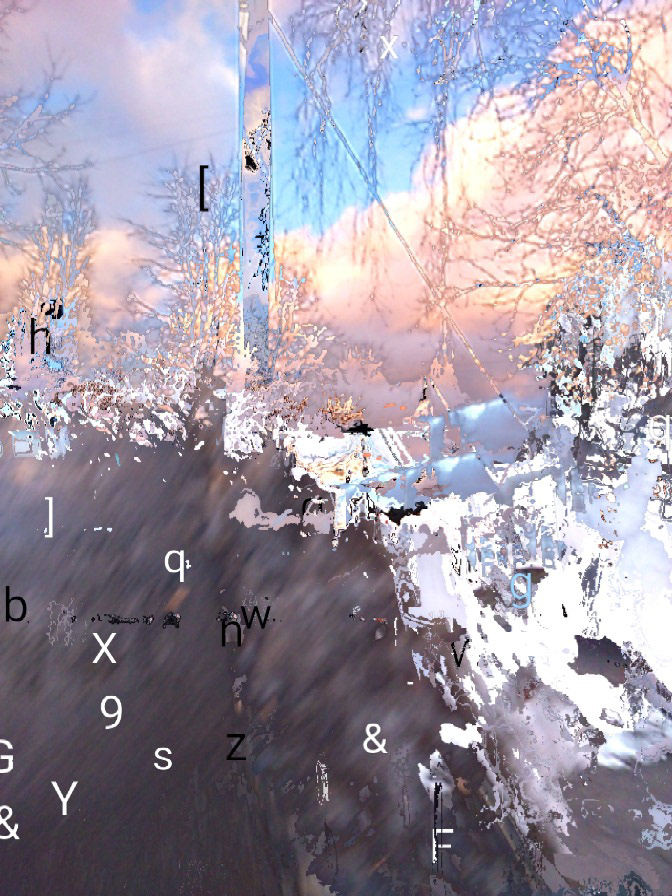
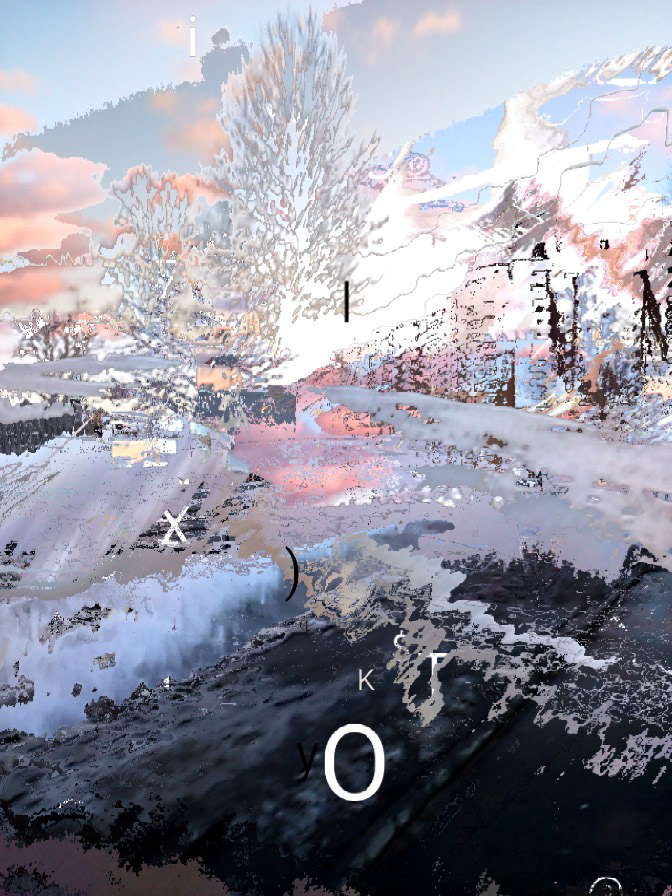




Generatve Art.
Is photography an generative art form that uses data from camera, such as the shapes and colors of objects in its surroundings? I presume so. Is it worth distorting the frame when shooting with a random number generator? I think so. Is photography capable of figuring out how to process images based on what they look like? I believe so.


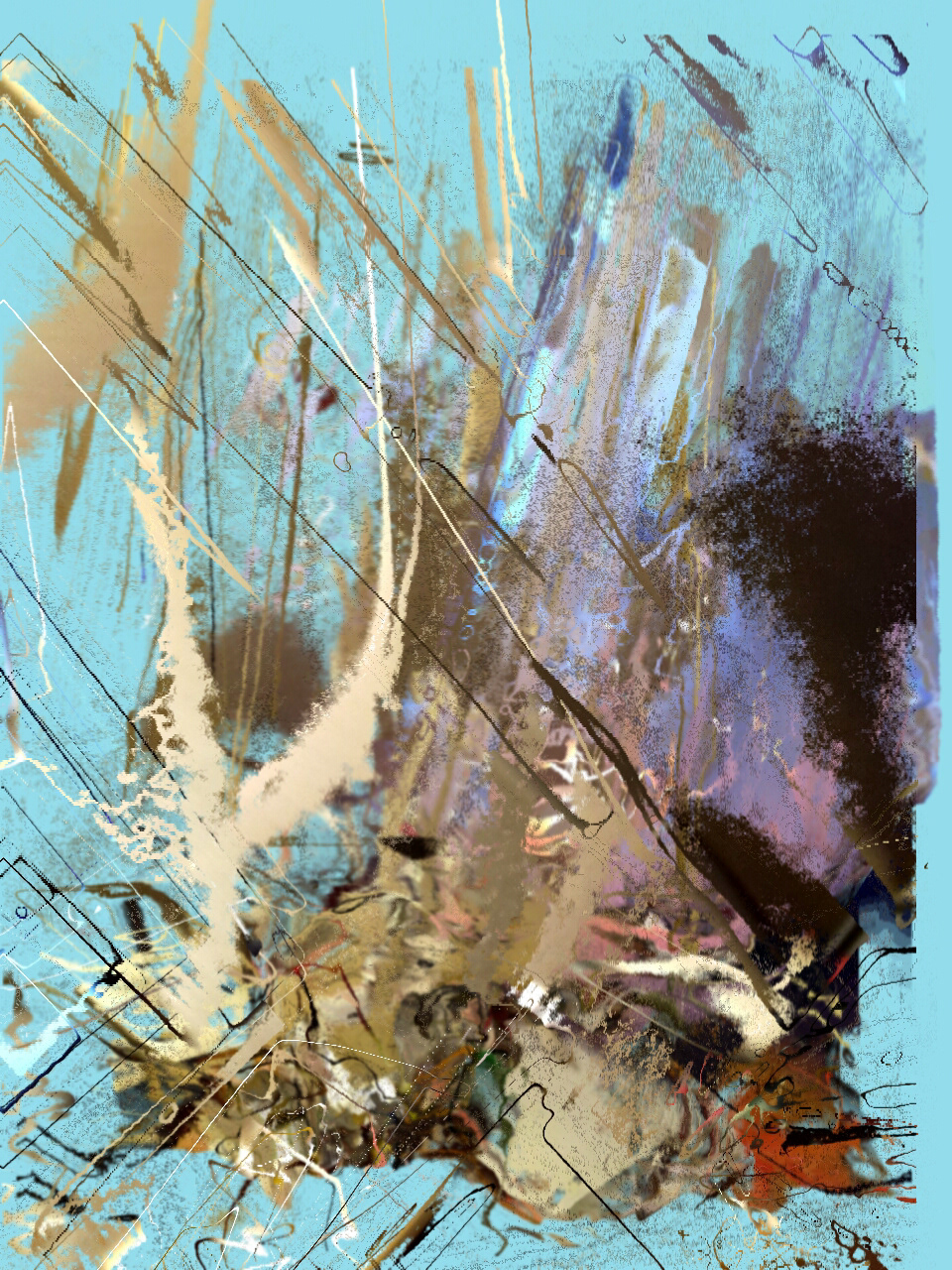

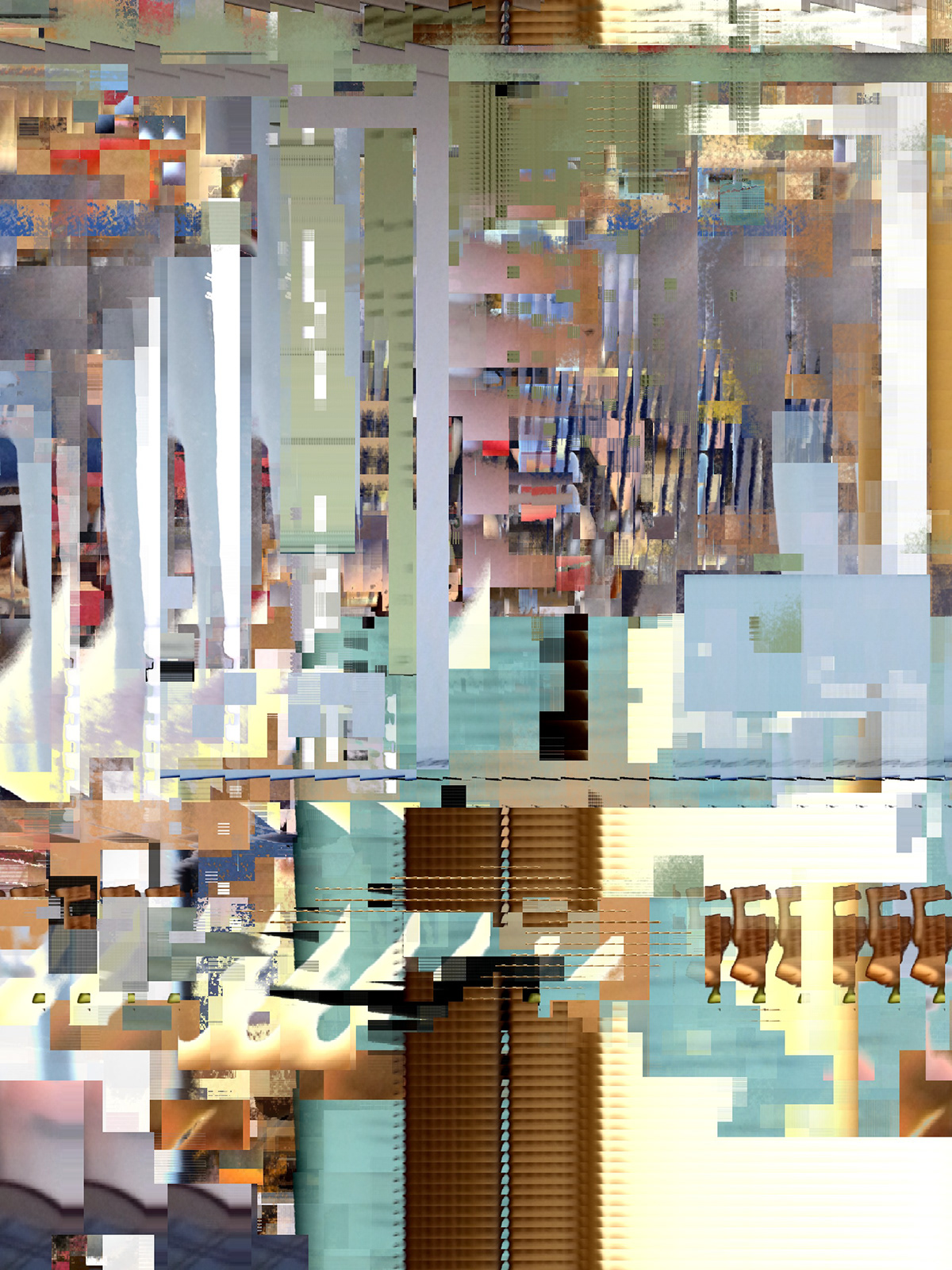









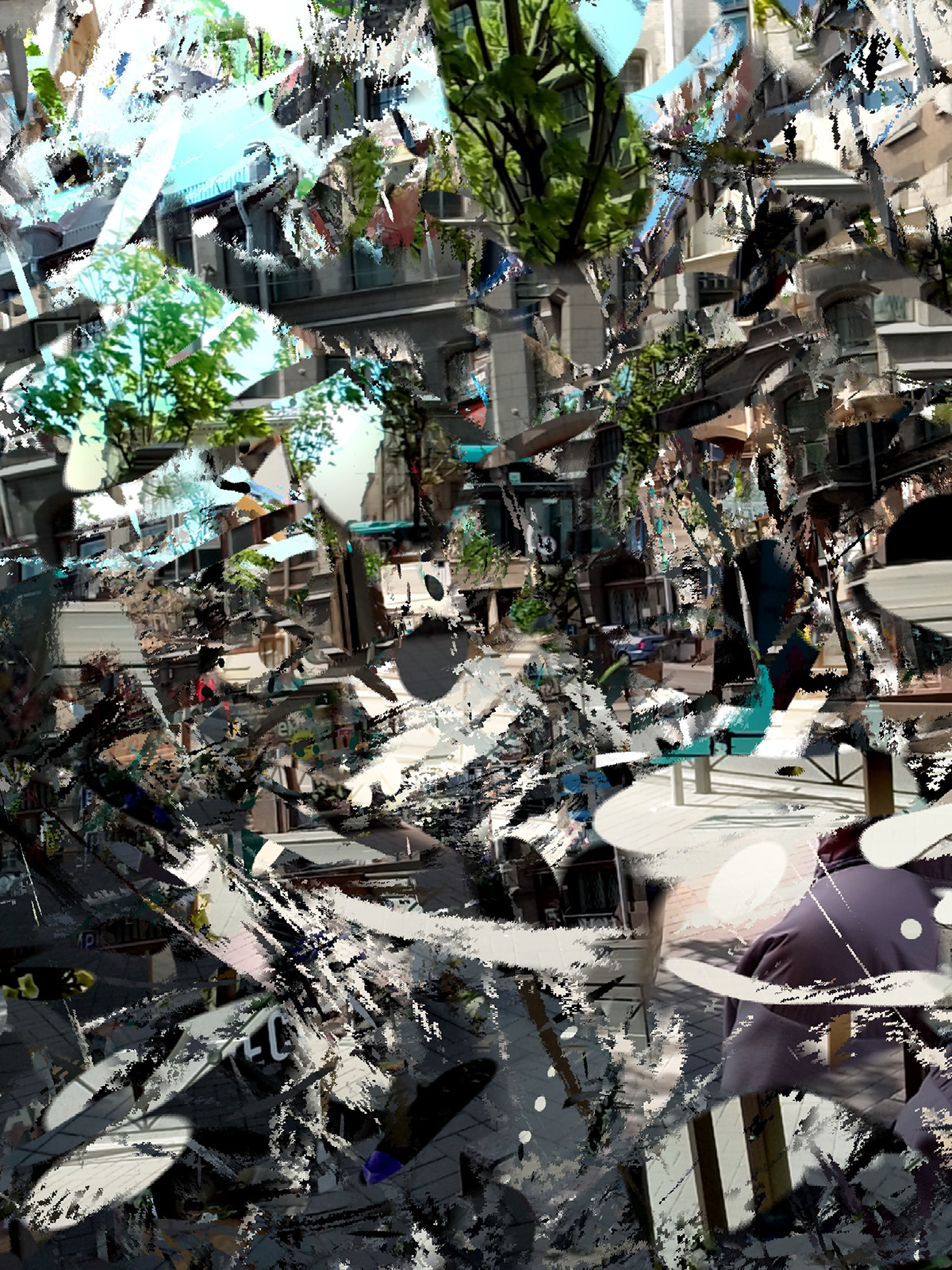
Randomness.
Objects, parameters, and numbers are often put together in ways that are unpredictable and unique in a lot of photographs and generative works. Both of these arts belong to and value random coincidences.







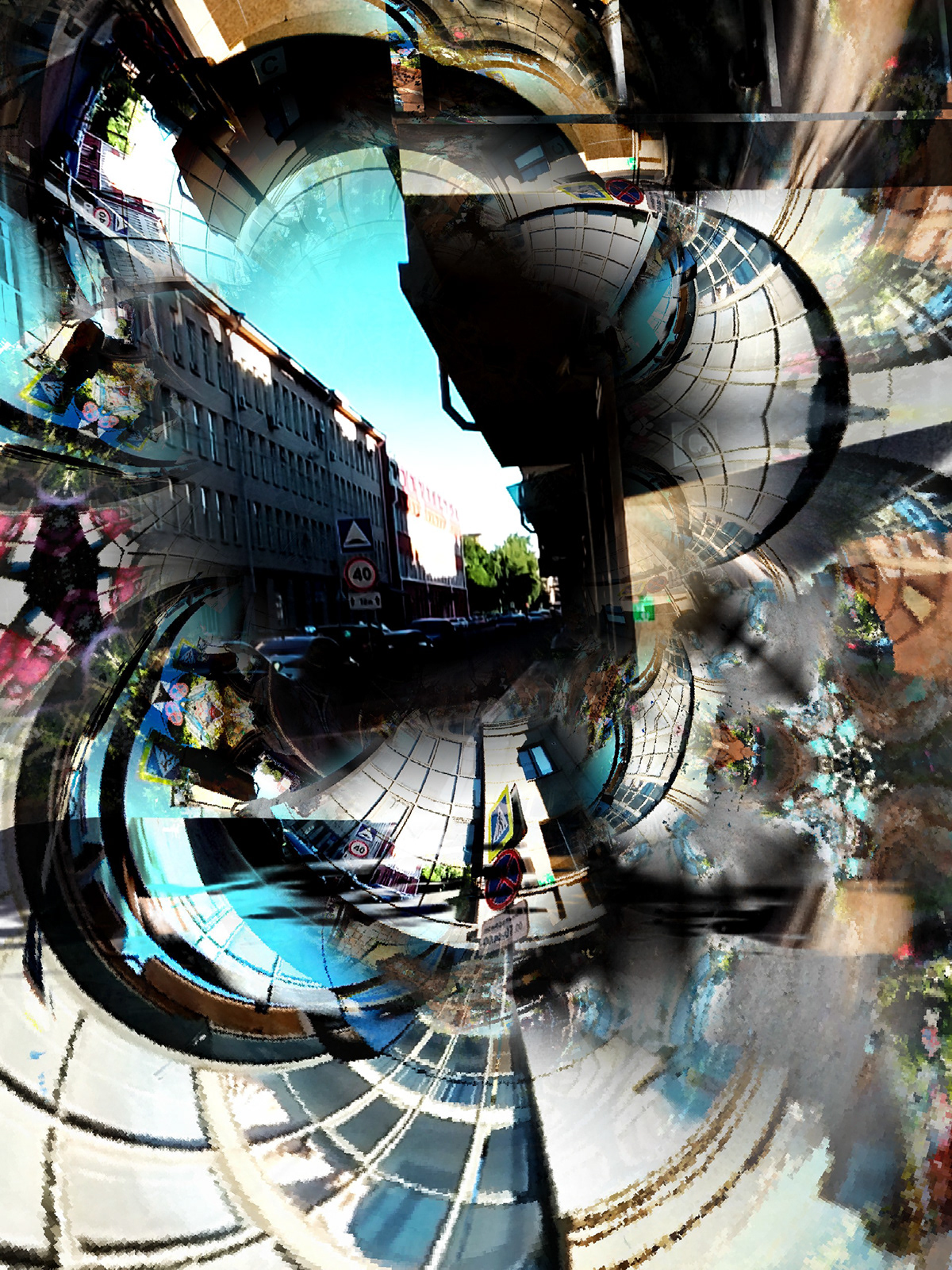

Choice.
Photography and generative art both use a lot of finished works, snapshots, and images from which the creator can choose concrete examples. The most important thing here is how you choose an object from the whole group.






One click.
Do you know what it's like to make something from start to finish in a split second? That's what photography and generative art have in common: the importance of one moment and the making of a finished thing here and now. If you stick to the one-click method, you can enjoy the thing as it is without wanting to change it or make it better in some way.








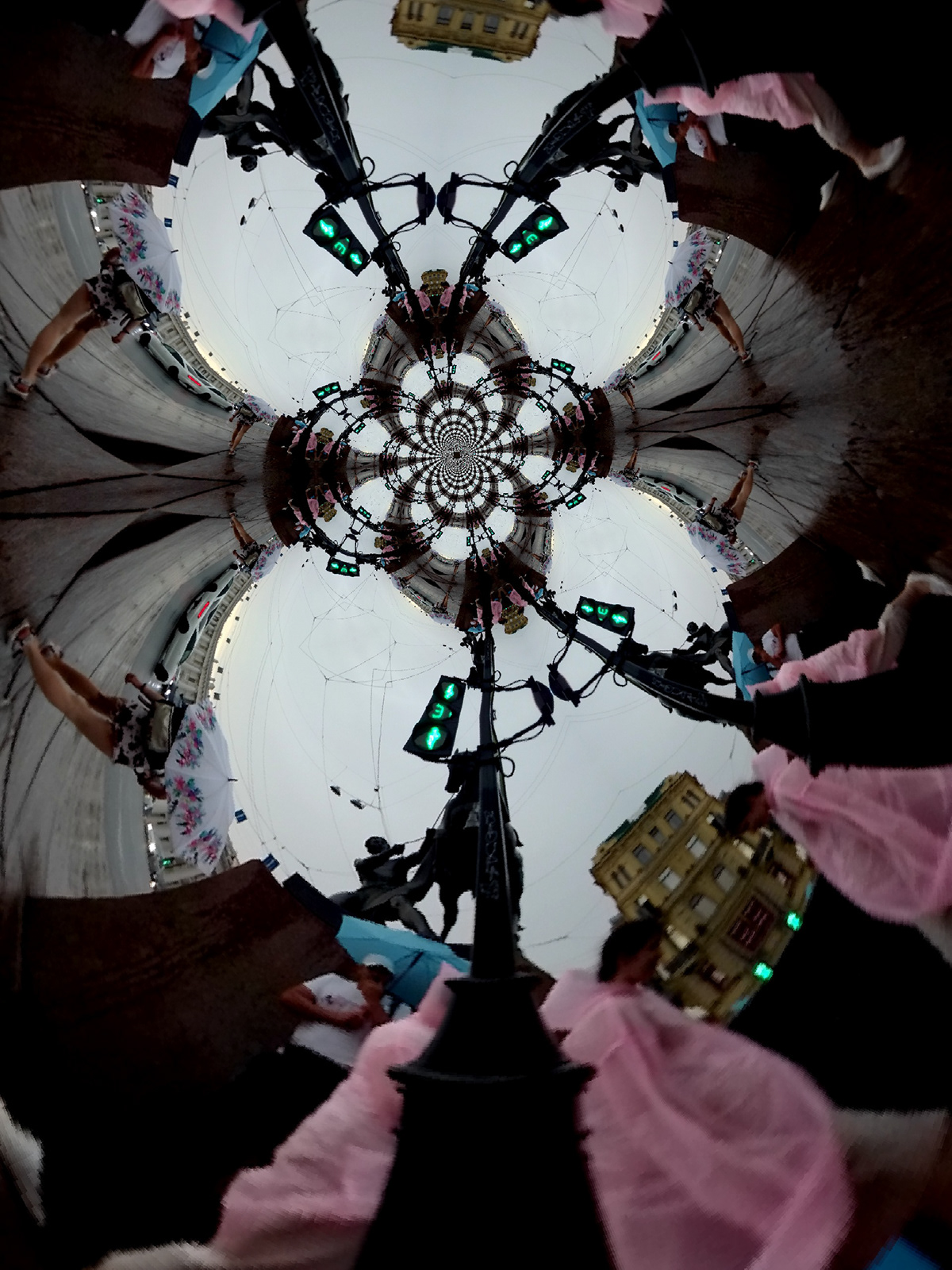
Infinity.
With generative scripts, a single mathematical formula can be used to make a huge number of different pictures. Photography lets you show the same scene from different angles, change your point of view, and find different connotations in the same scene.
By combining these features, generative photography lets us think visually about infinity: the infinite number of ways to see, points of view, and visual constructions hidden in everyday situations; and, most importantly, the value of choices in a world that is always changing.
I used this type of generative photography in these zines and artworks:
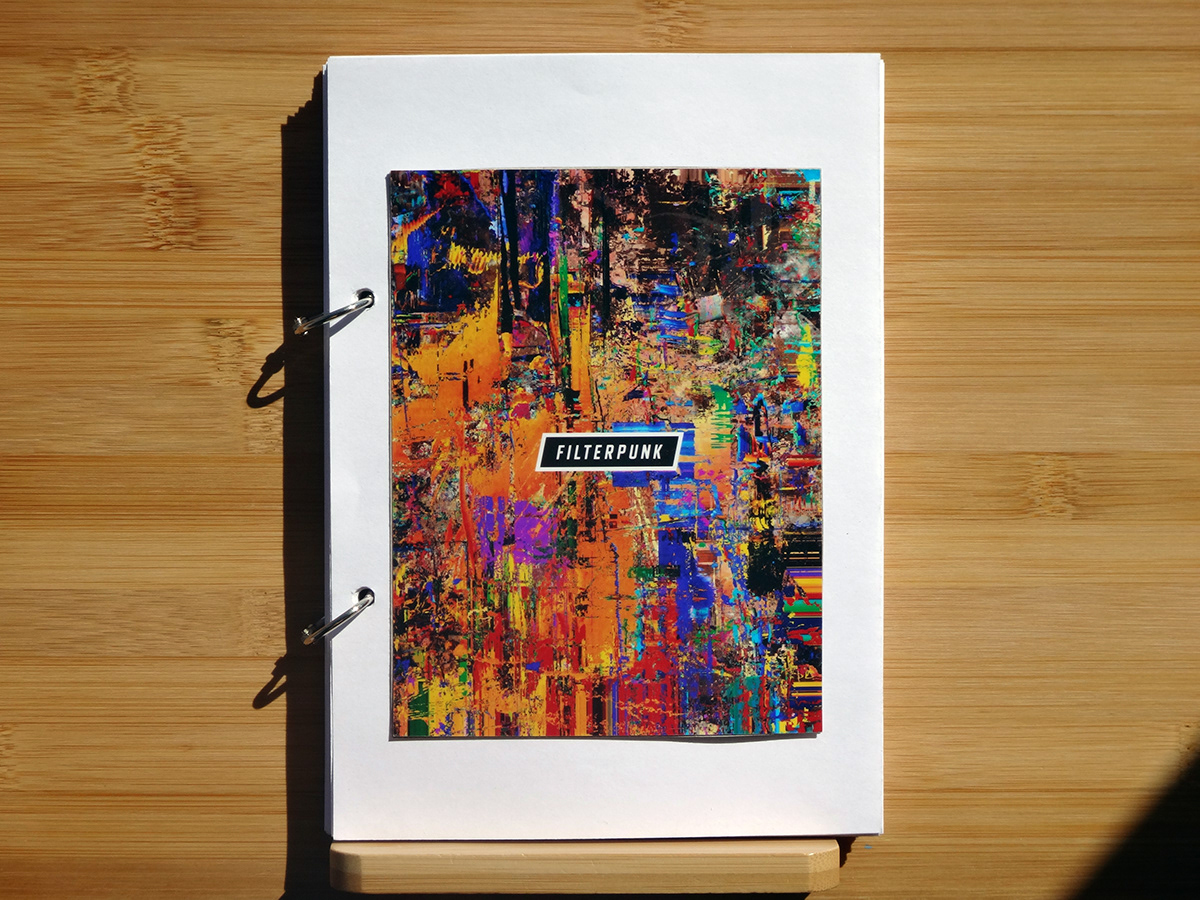



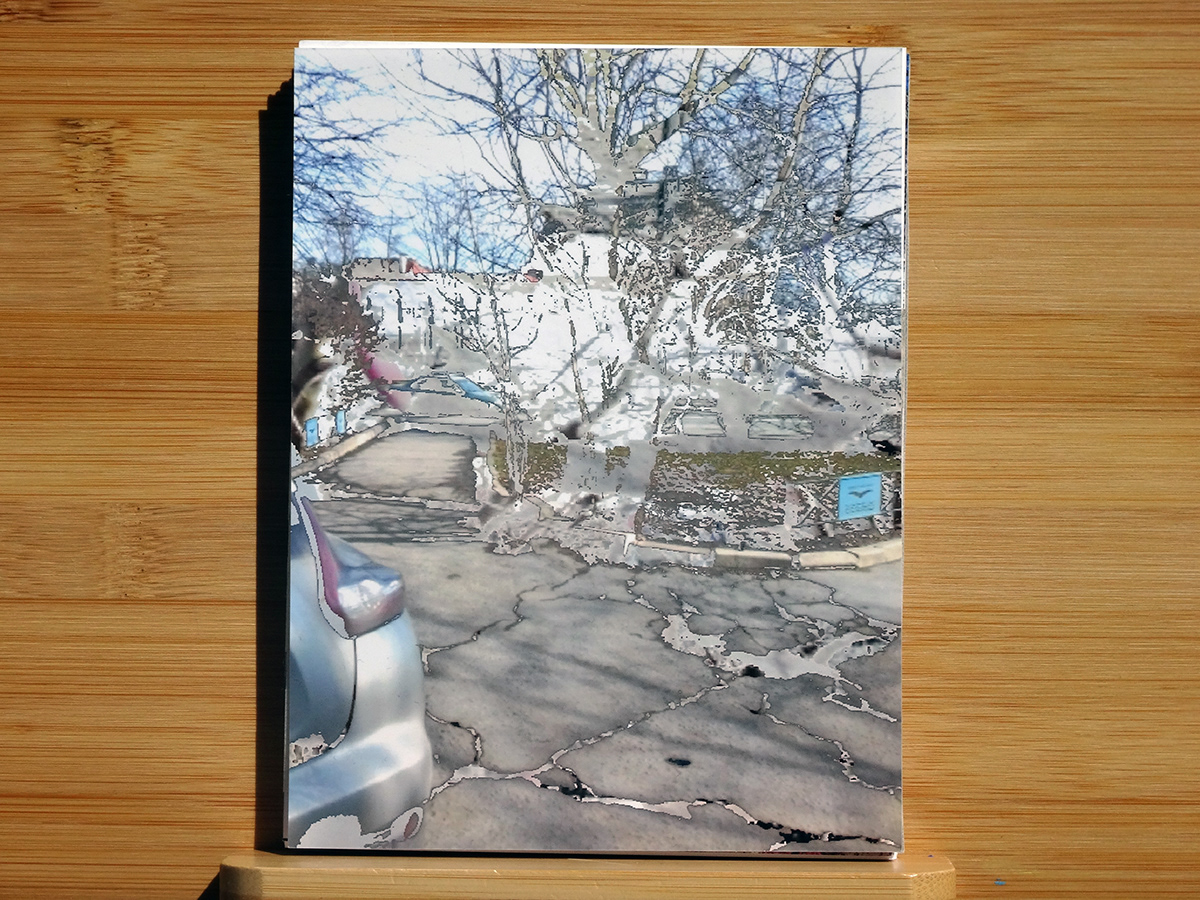


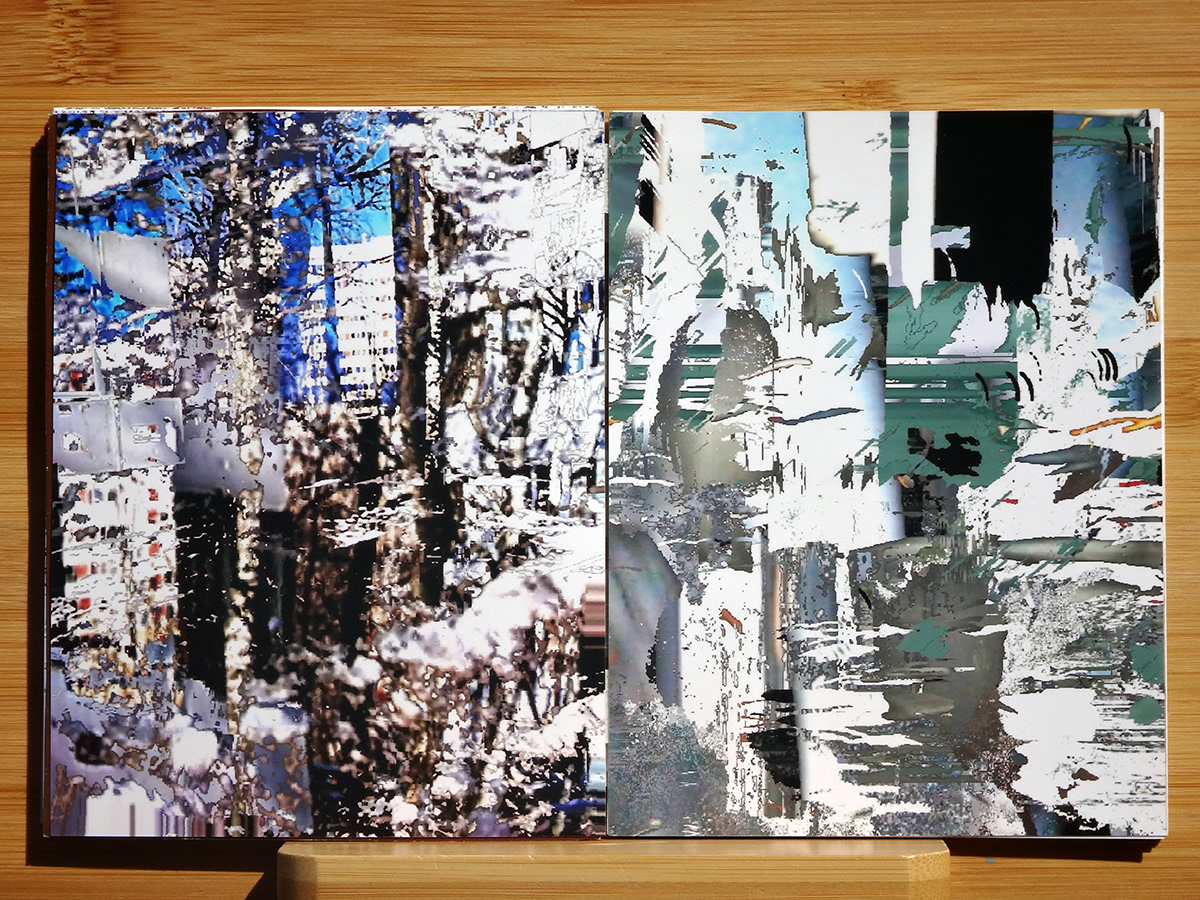







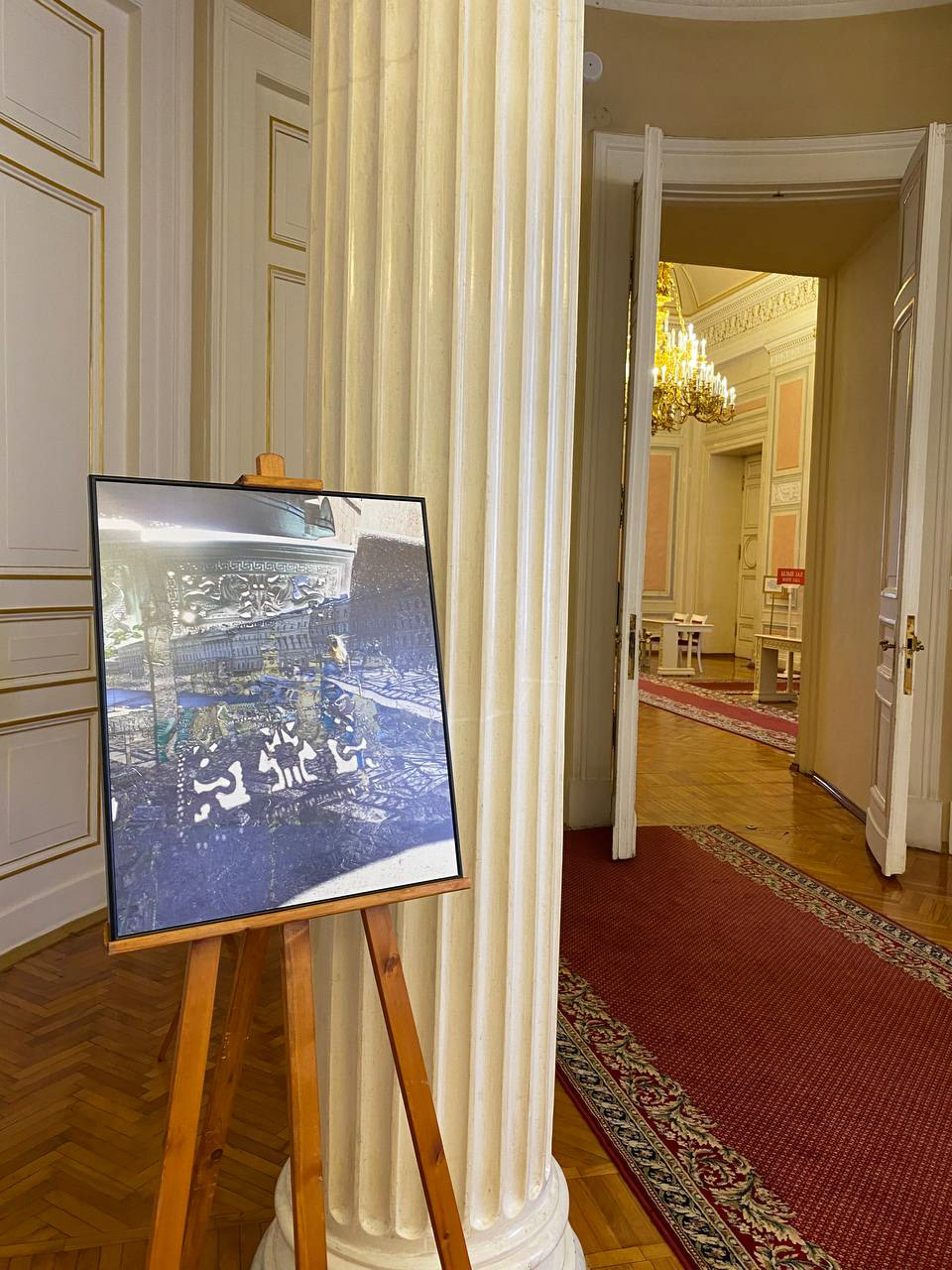


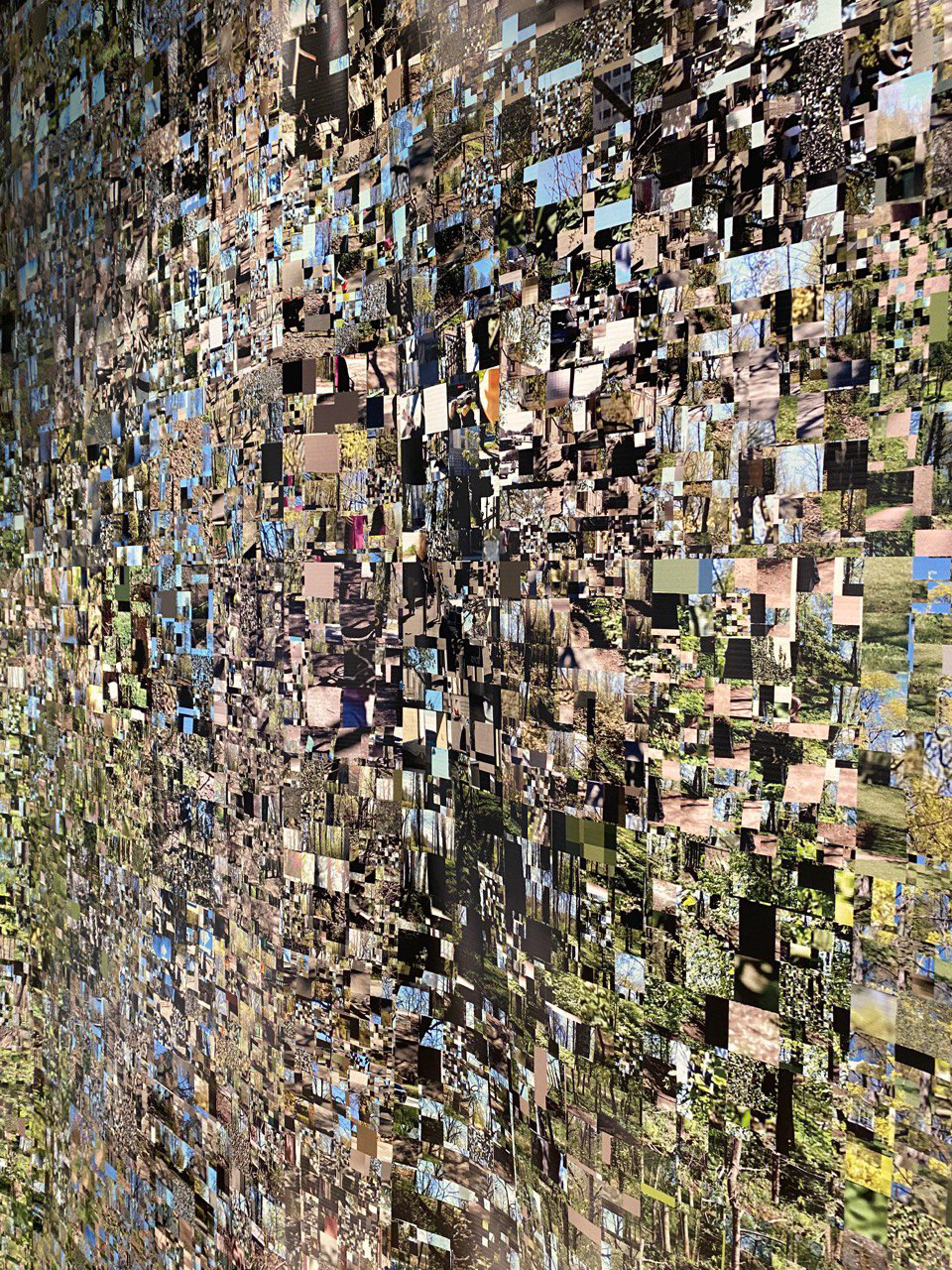
All the photos and videos in this article were made with my mIRO))) web app:
